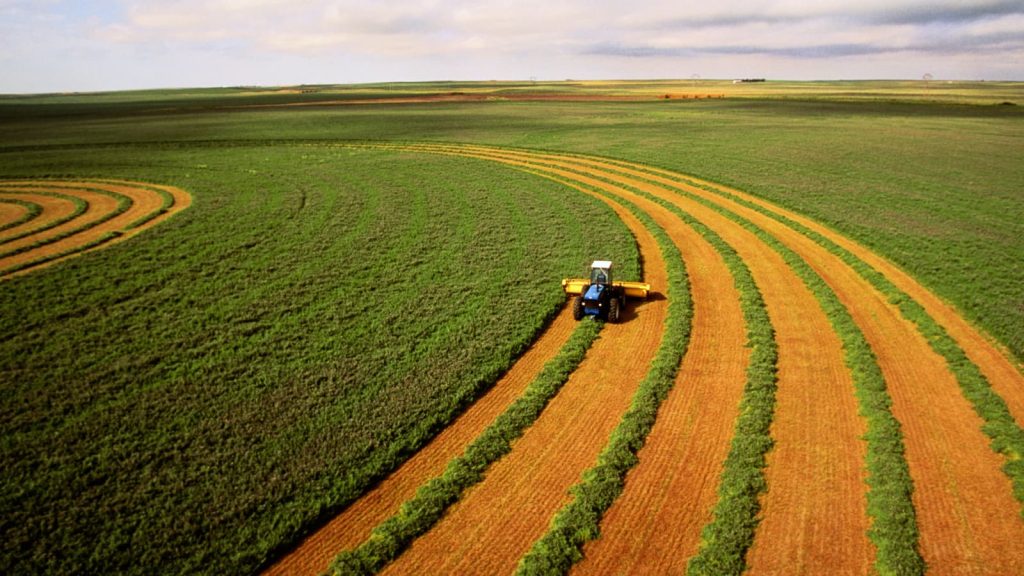In the ever-developing landscape of modern agriculture, the seamless integration of technology has developed into a vital car owner of growth and effectiveness. On the list of myriad advancements, Laboratory Information Management Systems LIMS have emerged as indispensable tools that drive agricultural investigation and growth to new levels. Because of their power to handle, improve, and analyze vast amounts of data, LIMS are enjoying a crucial role in improving productivity, ensuring food security, and promoting sustainable techniques. Agricultural study and experimentation make a great deal of data, including soil composition and crop health to climate designs and genetic information. The management on this data, earlier a complex and time-taking in undertaking, is revolutionized by LIMS. These systems offer a centralized system for accumulating, setting up, and storing diversified datasets, enabling researchers to get into information swiftly and then make well informed decisions. One of many principal benefits associated with LIMS in agriculture is their donation to precision farming.

By using real-time data from detectors, satellites, and discipline observations, LIMS empower farmers to improve irrigation, fertilization, and pest control methods. This data-driven strategy not only improves yields and lowers useful resource waste but also minimizes environmental impact by marketing sustainable agricultural methods. Scientists can keep track of the performance of different strains throughout a variety of circumstances, facilitating the recognition of characteristics which lead to increased yields, sickness amount of resistance, and nutrients and vitamins. LIMS also enable the management of hereditary data, guaranteeing the reliability and traceability of breeding programs, which happens to be important for compliance with regulatory criteria. Food safety and quality guarantee are vital worries inside the agricultural industry. LIMS help in monitoring and handling the whole food production sequence, from soil and water testing to post-harvest handling. By sustaining a comprehensive report of each and every step in the supply sequence, LIMS assist determine probable types of toxic contamination, and thus lowering the danger of foodborne ailments and permitting fast recalls if needed and try this site https://atlab.com/industries/agriculture-farming-lims/.
The way forward for agriculture is intertwined with digital alteration, and LIMS are at the forefront of this innovation. Artificial intellect and device learning techniques incorporated into LIMS have the possibility to assess substantial datasets and produce actionable ideas instantly. These insights can guideline farmers in making data-driven judgments, projecting condition breakouts, and perfecting source of information allocation, which all bring about elevated agricultural productivity and sustainability. In addition, the advent of blockchain technology has extra another level of transparency and traceability to agricultural procedures. LIMS, when along with blockchain, can make an immutable record for each part in the production and distribution of agricultural products. This assures the authenticity of natural and organic or sustainably generated items and enables customers to make informed selections while encouraging trust involving producers and shoppers. With carried on advancements in technology, the integration of LIMS in agriculture will only grow a lot more crucial, driving a vehicle the industry to a much more successful, resilient, and productive future.

